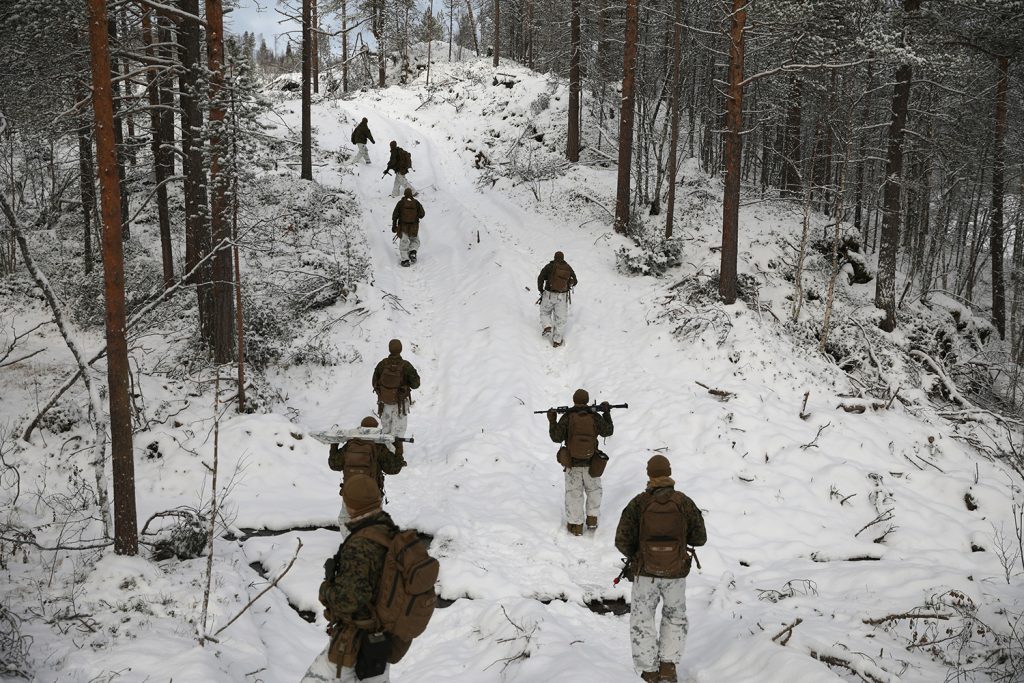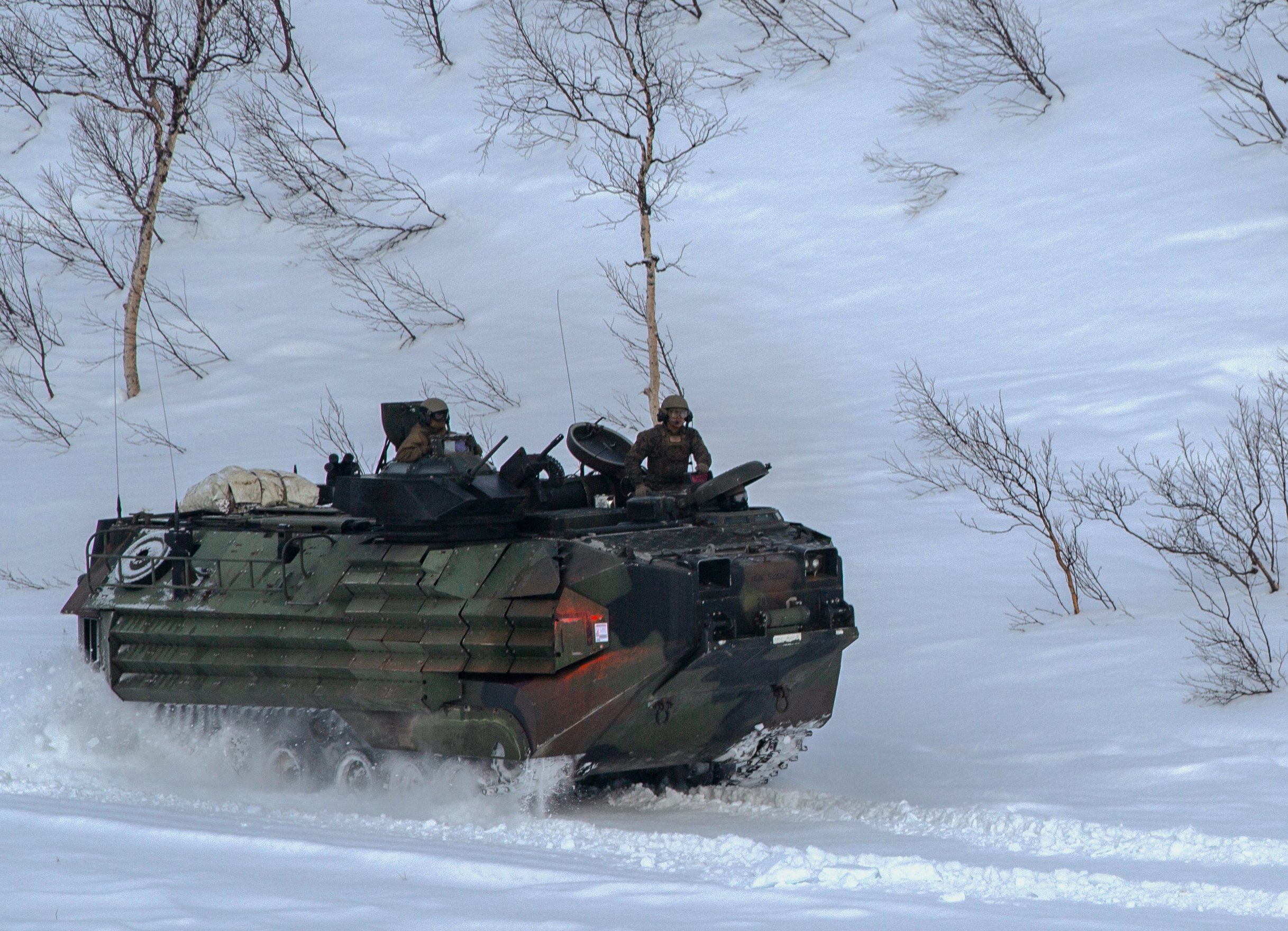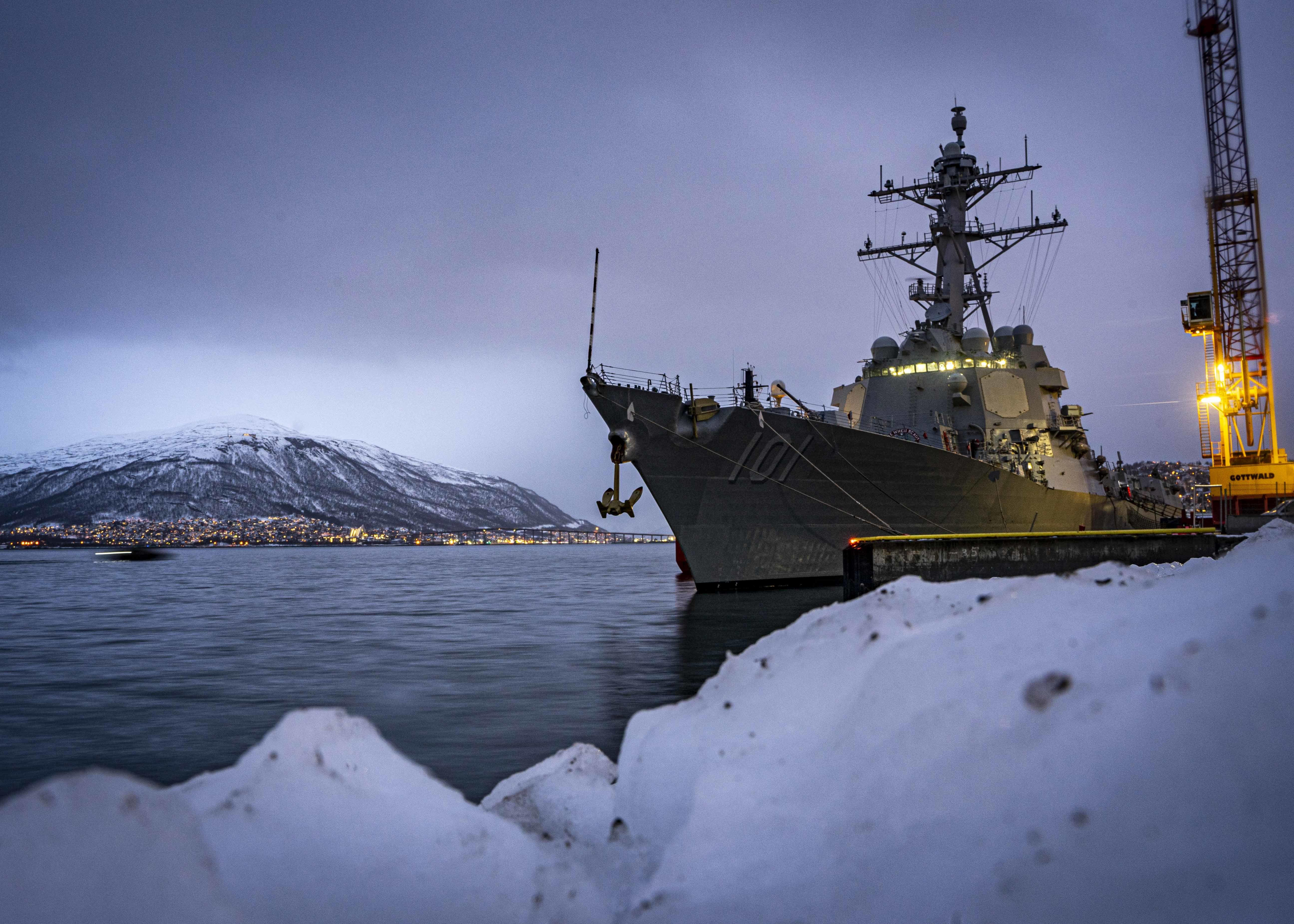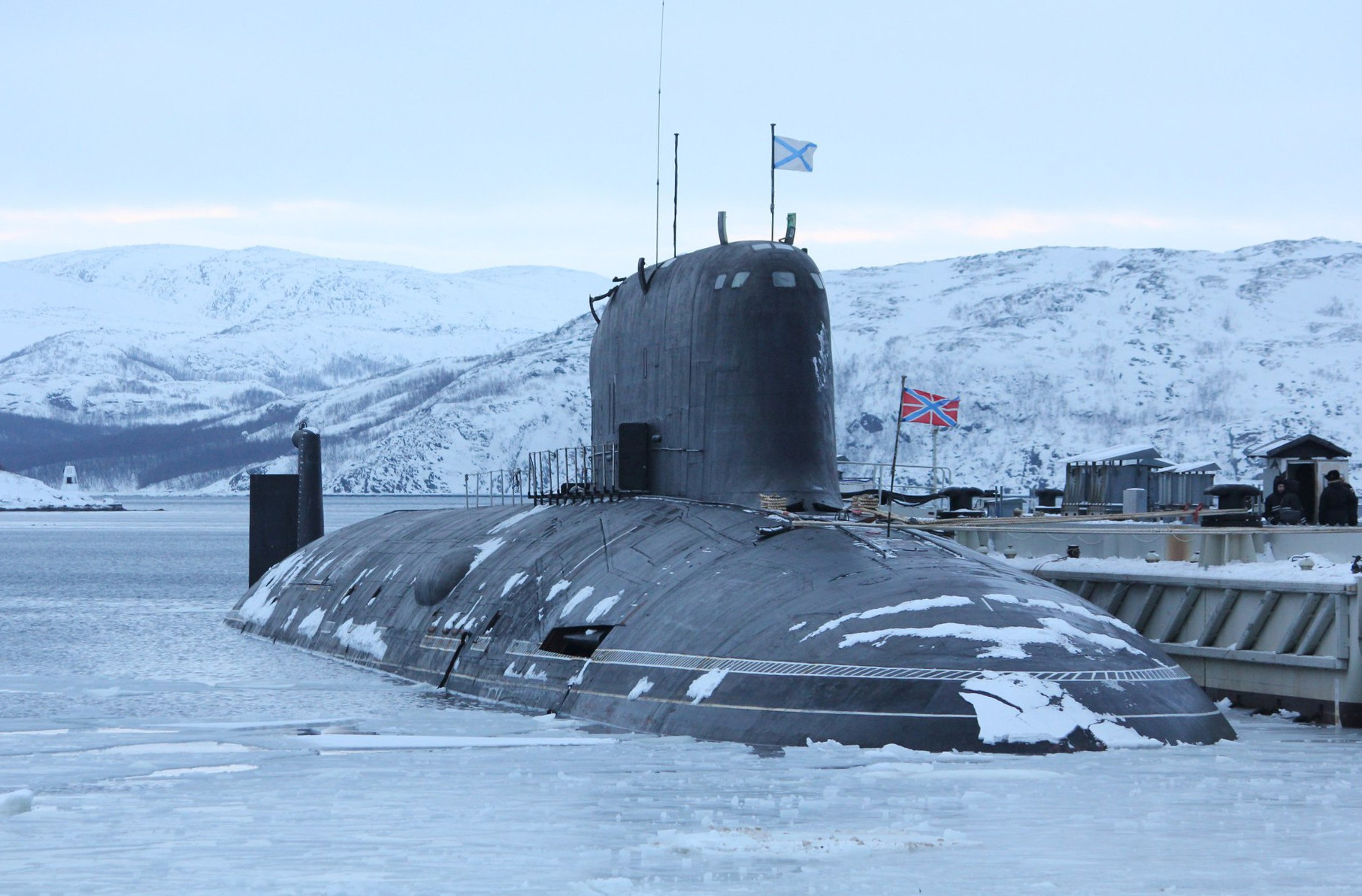Study: 5,200 Tons of Extraterrestrial Dust Reach Earth’s Surface Each Year
In a new paper published in the journal Earth and Planetary Science Letters, an international team of researchers presents the results from a long-term collection of extraterrestrial particles performed during the last two decades near the French-Italian CONCORDIA station in Antarctica.
These SEM images show cosmic spherules and unmelted micrometeorites from the CONCORDIA collection, from left to right, top to bottom: glassy cosmic spherule, stony cosmic spherule, partially melted micrometeorite, unmelted fine-grained micrometeorite. Image credit: Rojas et al.,
“More than a century after the discovery of cosmic spherules in deep-sea sediments, the origin, composition and magnitude of the cosmic dust accretion on Earth is still a matter of debate,” said lead author Julien Rojas from the Université Paris-Saclay and colleagues.
“Extraterrestrial dust flux studies have been performed before atmospheric entry, while collections at the Earth’s surface of both melted and unmelted micrometeorites were achieved in numerous locations such as the deep sea, deserts, sedimentary rocks and the polar ice caps.”
“Although all these studies demonstrated that the annual extraterrestrial mass input on Earth is essentially carried by sub-millimeter particles, the precise mass distribution of particles down to a few tens of μm and its integrated value at the Earth surface remain uncertain.”
The researchers performed several independent collections of micrometeorites from ultra-clean snow samples in the CONCORDIA station located at Dome C, in the central regions of Antarctica.
“Dome C is an ideal collection spot due to the low accumulation rate of snow and the near absence of terrestrial dust,” they said.
They identified a total of 1,280 unmelted micrometeorites and 808 cosmic spherules with diameters between 30 and 350 μm and analyzed them using conventional scanning electron microscopy techniques.
Within that size range, we measured mass fluxes of 3.0 μg/m2*yr for micrometeorites and 5.6 μg/m2*yr for cosmic spherules.
Extrapolated to the global flux of particles in the 12-700 μm diameter range, the mass flux of dust at Earth’s surface is 5,200 tons/yr (1,600 and 3,600 tons/yr of micrometeorites and cosmic spherules, respectively).
“This total mass flux of extraterrestrial particles at the Earth’s surface is important for many astrophysical and geophysical issues,” the authors said.
“Our numerical simulations suggest that most of micrometeorites and cosmic spherules originate from Jupiter family comets and a minor part from the main asteroid belt.”
“The total dust mass input before atmospheric entry is estimated at 15,000 tons/yr.”
_____
J. Rojas et al. 2021. The micrometeorite flux at Dome C (Antarctica), monitoring the accretion of extraterrestrial dust on Earth. Earth and Planetary Science Letters 560: 116794; doi: 10.1016/j.epsl.2021.116794















